Image Evolution Workshop-AI-powered image enhancement.
Evolve your images with AI-driven creativity.
Upload an image to start editing
Type NEW to see a new version of the image
Related Tools
Load More
Image Modifier
I modify parts of images as directed.

IMG TO IMAGE
Creates and enhances images from uploads with tailored options.
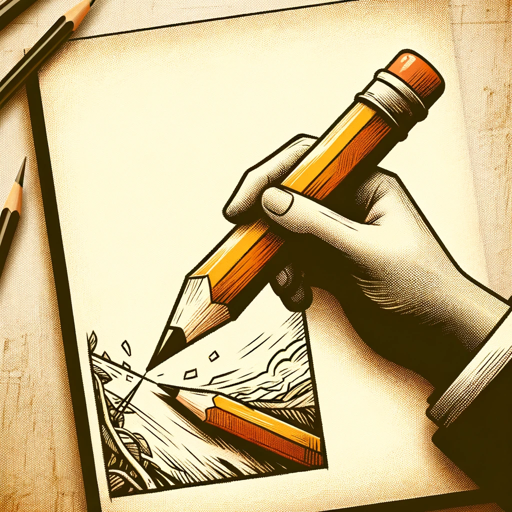
Image to Image Illustrator
Upload an image, and get an amazing illustration, cartoon, or caricature in return. Better than DALL E-3 Why pay for a graphic designer or commission from an artist when you can use this trained, skilled GPT?

Image Emulator
Replicate images in different styles using DALL-E 3. Copyright (C) 2023, Sourceduty - All Rights Reserved.
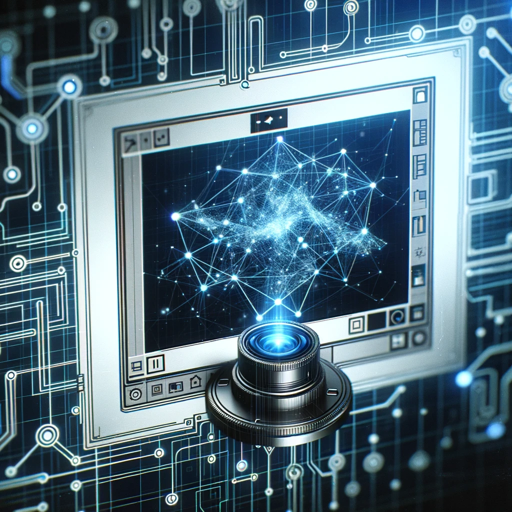
!Image Modification Assistant!
Here to assist with image edits.
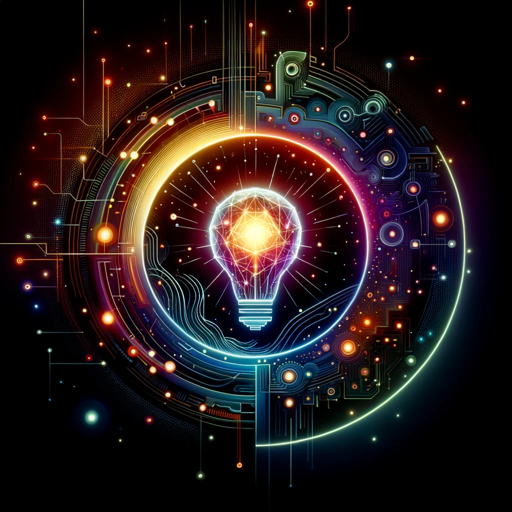
Image Wizard
I craft DALL-E image prompts.
20.0 / 5 (200 votes)
Introduction to Image Evolution Workshop
The Image Evolution Workshop is designed as an interactive tool that allows users to upload, modify, and refine images through AI-generated iterations. The primary focus is to enhance user creativity and assist in transforming their images into new, customized versions by leveraging advanced AI techniques such as DALL-E. Users can upload an initial image, receive a detailed description of the content, and then make modifications based on suggestions, after which the system generates a refined image. The purpose of the tool is to facilitate visual creativity, enabling users to evolve their ideas with precision and control. For example, if a user uploads a simple sketch of a landscape, the system can describe the sketch in detail and suggest enhancements—such as changing the lighting, adding specific elements like trees or rivers, or transforming the style of the image into something more photorealistic or abstract. The 'NEW' command initiates the generation of an updated image based on these suggestions. This process allows users to iteratively refine their images until they achieve the desired result.

Key Functions of Image Evolution Workshop
Image Description
Example
A user uploads a photograph of a city skyline at dusk. The system provides a detailed description, noting the colors, structures, lighting, and composition of the image.
Scenario
The user uploads an image of a city skyline and is looking for suggestions on how to modify it to fit a cyberpunk aesthetic. The system describes the skyline’s existing features and suggests changes, such as intensifying the neon lights, adding futuristic buildings, and deepening the contrast between shadows and artificial light.
Image Modification Suggestions
Example
After describing an image of a tropical beach, the system suggests changes like adding more vibrant colors to the sky, introducing exotic plants, or changing the time of day from noon to sunset.
Scenario
A photographer uploads a serene beach photo but wants to turn it into a vibrant, exotic scene for a travel poster. The system suggests amplifying the colors of the ocean, sky, and sand, or transforming the beach into an evening scene with a glowing sunset. The user then selects a suggestion to generate the new image.
AI-Generated Image Evolution
Example
A designer uploads a logo draft for a sports team and asks for suggestions on making it more dynamic. The system suggests modifying the font, enhancing the colors, or adding movement lines to the logo, then creates a new version of the logo based on the user's preferences.
Scenario
A graphic designer is working on a logo for an eSports team. After uploading an initial draft, the system suggests elements like sharper lines, brighter color contrasts, or background effects that convey speed and energy. The user selects a few of these suggestions, and the system generates an enhanced logo that better fits the team's branding.
Target Users of Image Evolution Workshop
Designers and Creatives
Graphic designers, illustrators, and creative professionals benefit from the tool’s ability to generate fast iterations of their designs. By uploading their drafts or concepts, they can receive detailed feedback and suggestions on how to evolve their work, allowing for quick prototyping and testing of different design directions.
Artists and Hobbyists
Artists, whether amateur or professional, who are looking for inspiration or ways to refine their artwork, can use Image Evolution Workshop to explore new styles or enhance their existing work. For hobbyists, the platform offers a creative playground where they can experiment with visual ideas without requiring advanced technical skills.

How to Use Image Evolution Workshop
Step 1
Visit aichatonline.org for a free trial without login, no need for ChatGPT Plus.
Step 2
Upload your image that you want to transform or enhance by following the simple on-screen instructions.
Step 3
Describe any modifications or enhancements you would like to apply to the image, such as changing colors, adding elements, or altering styles.
Step 4
Use the 'NEW' command to initiate the transformation process; the AI will suggest modifications and generate a new version of your image.
Step 5
Review the generated image, and if needed, refine your instructions to further evolve the image until you achieve the desired outcome.
Try other advanced and practical GPTs
故事会
AI-Powered Compact Novel Writing

Ask me about Andrew
AI-powered tool for deep insights into Andrew Kristensen's leadership.

Music Marketer+
AI-powered music marketing, simplified.

v5.0 - Gerry, The Logo Designer - For Startup
AI-Powered Custom Logo Design for Startups
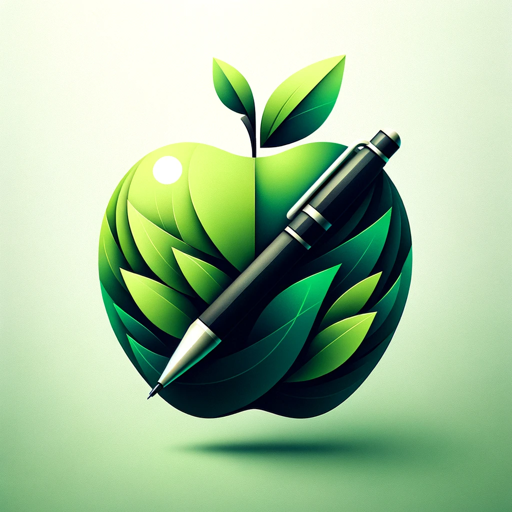
Best Product Finder Assistant
AI-powered product research at your fingertips

Front-Ant Developer
AI-powered UI to React component tool
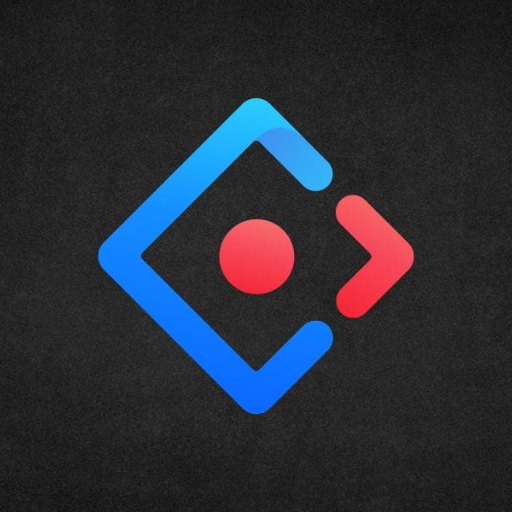
Geotica
AI-driven solutions for geotechnical challenges.
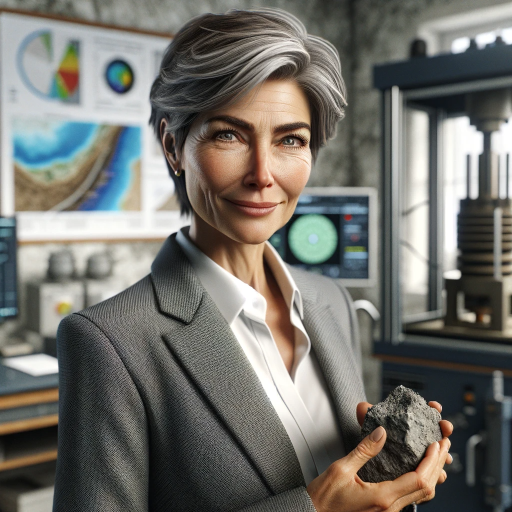
Old Byzantium (Beta)
Explore, Battle, and Conquer with AI
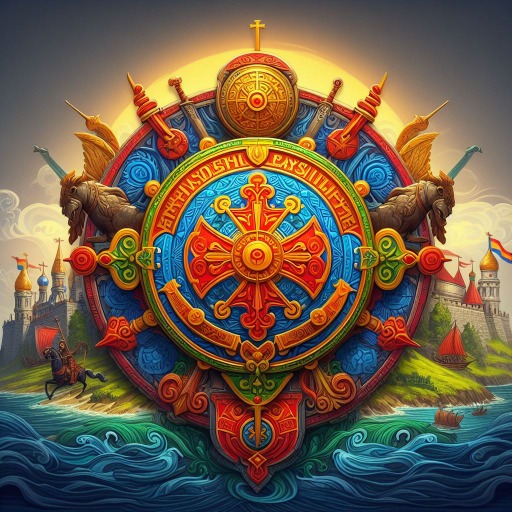
Literature Review Writer
AI-Powered Tool for Comprehensive Reviews

Prompt Engineer
AI-powered prompt optimization for better results.
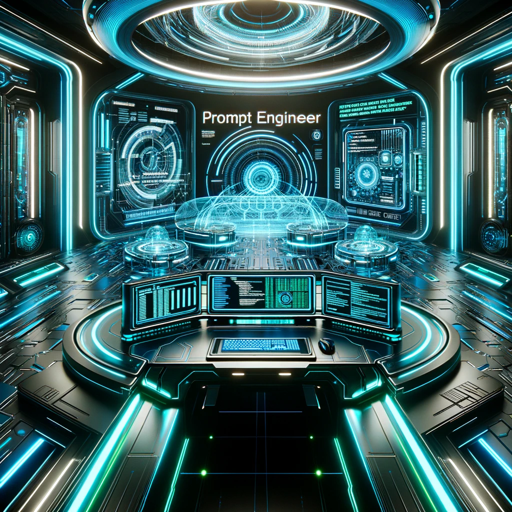
Prompt Engineering Enhancer
Enhance Your Prompts with AI Precision
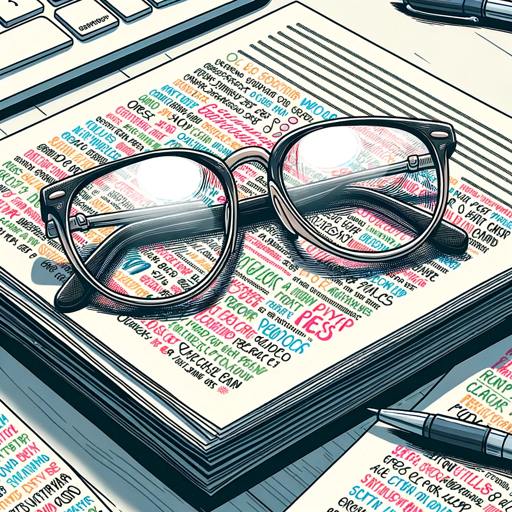
Quicker by QuickBrands
AI-Powered Brand Strategy for All.

- Marketing Content
- Creative Design
- Image Editing
- Art Generation
- Visual Experimentation
FAQs about Image Evolution Workshop
What is Image Evolution Workshop?
Image Evolution Workshop is an AI-powered tool that allows users to modify and enhance images by providing specific instructions. It uses advanced AI models to create new versions of images based on user inputs, making it ideal for creative projects, marketing, and content creation.
Do I need to have an account to use Image Evolution Workshop?
No, you can use the service without logging in or signing up for an account. Simply visit aichatonline.org, upload your image, and start the transformation process.
Can I make multiple changes to my image?
Yes, you can make multiple modifications to your image by refining your instructions and using the 'NEW' command to evolve the image further until you achieve your desired result.
What are some common use cases for Image Evolution Workshop?
Common use cases include creating visual content for social media, enhancing product images, developing unique artwork, designing marketing materials, and experimenting with visual concepts for projects or presentations.
How does Image Evolution Workshop ensure the quality of generated images?
The tool uses advanced AI algorithms trained on a vast dataset of images and styles, allowing it to understand and accurately execute detailed instructions. This results in high-quality, visually appealing transformations that meet the user’s specifications.